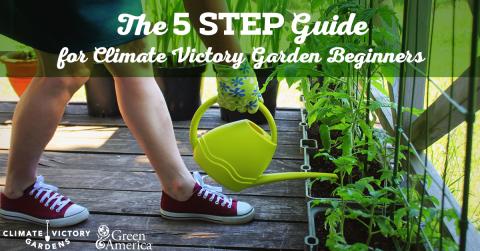Everyone can take vital movement on the native climate by rising a Native climate Victory Yard. This toolkit for beginner gardeners is a leaping off stage for finding out the basics and starting on a path within the route of gardening for the planet.
(Too busy for a protracted article? This temporary video covers the similar knowledge in beneath 2 minutes!)
To be part of the native climate reply, ask your self these two questions anytime you’re making decisions in your yard.
Am I defending my soils?
Maximizing soil security is important on account of that’s the place we’re capturing carbon—pulling the extremely efficient greenhouse gas carbon dioxide out of the air and storing it underground the place it feeds our crops and soil microbes.
Avoiding tilling and holding soils lined are examples of defending the soil.
Am I choosing climate-conscious merchandise?
That’s all about minimizing our native climate impacts previous the boundaries of our gardens and making decisions that help reduce emissions. When doable, go for pure and pure choices to store-bought and synthetic pesticides and fertilizers. Using sustainably harvested or repurposed provides moreover locations the planet first.
As an example, as an alternative if using synthetic chemical fertilizers—and their associated air air pollution and emissions from manufacturing and transportation—fertilize your yard with compost that helps soil life and retains meals and totally different pure waste out of the landfill the place they produce the potent greenhouse gas, methane.
5 easy steps for beginner gardeners – Start a Native climate Victory Yard at the moment!
1. Set goals
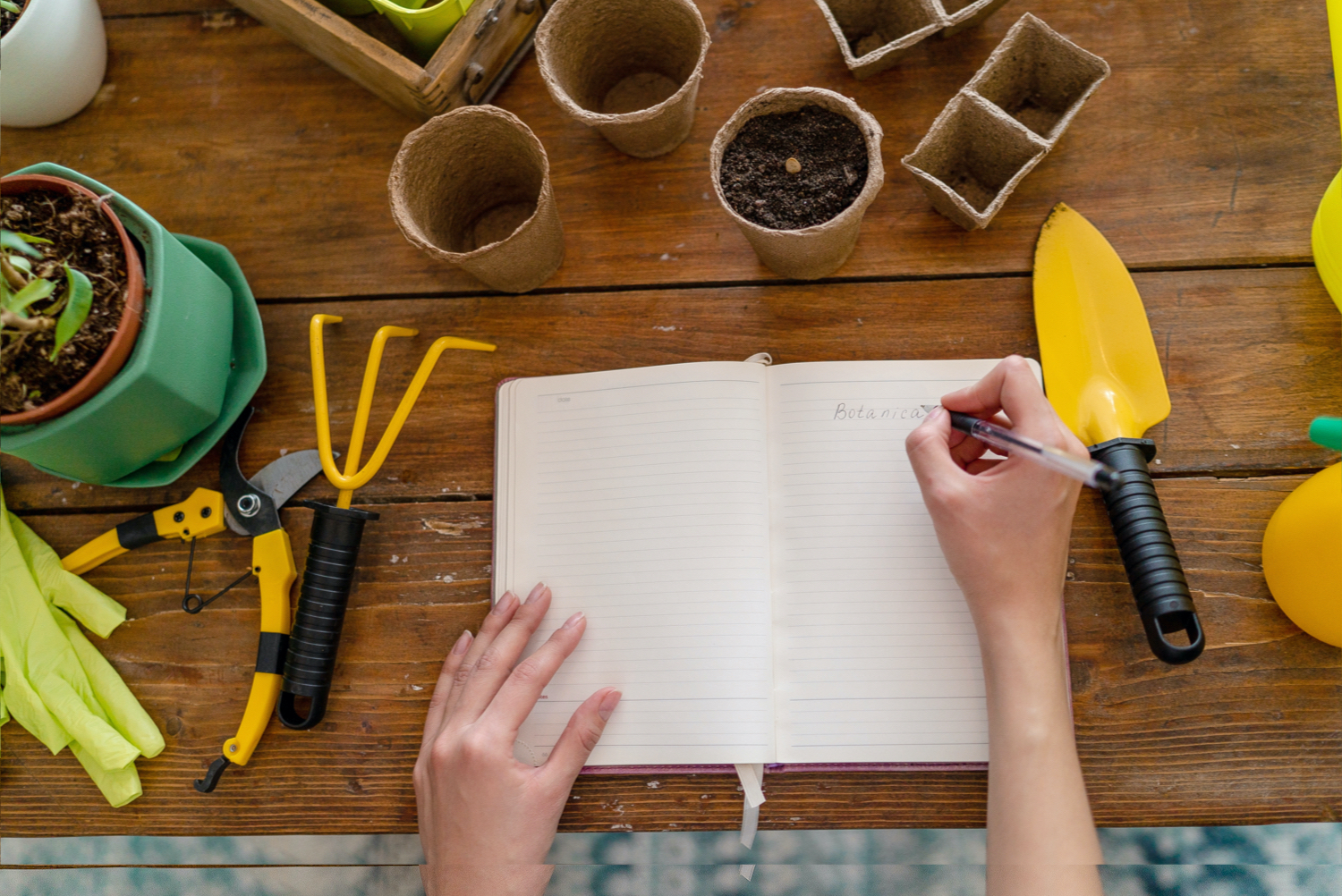
Think about your dream yard. What do you see? What do you hear? Take note of drawing or writing about it. Think about how loads time it’s essential to resolve to your yard—be life like and start small. You most likely have just a few minutes a day, ponder a container. If it’s your first time ever gardening, ponder a plot ten sq. ft or a lot much less, which requires spherical two to three hours per week.
Whereas it’s going to take some time to get hold of this dream yard, your imaginative and prescient and goals will data you through the tactic. What does success suggest to you? Presumably your excessive priority is rising delicious tomatoes to economize on groceries, getting your kids outdoor, or making a habitat for pollinators.
No matter what your objective, yard planning is essential for achievement and ensures you make the exact decisions in your Native climate Victory Yard to have the largest impression on the native climate, native ecosystems, and the usual of meals you develop.
2. Choose what it’s essential develop
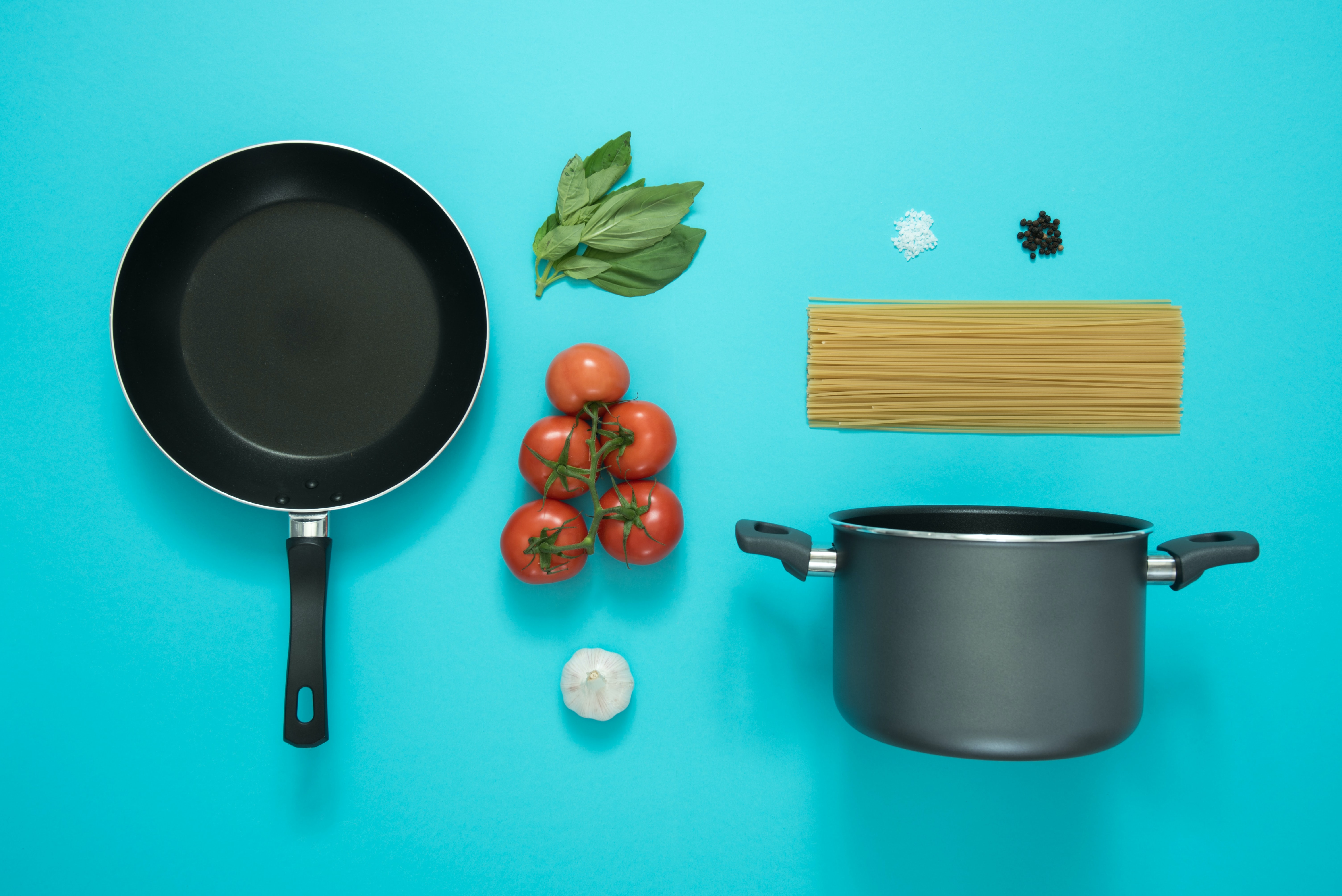
First points first—develop what you want!
Listed below are some additional considerations for deciding what to develop:
- Check out your favorite recipes and develop the weather.
- Plant veggies and herbs that are expensive and arduous to look out at your grocery retailer.
- Take note of how loads home you’ve got gotten and develop accordingly—herbs are good for small areas, whereas squash need plenty of sq. ft for each plant.
- Make sure you’re rising crops that are suited to your native climate—uncover your hardiness zone and match that to the zone to knowledge on the once more of your seed packet.
- Take note of perennial crops—like berry bushes—that don’t should be replanted each season on account of they’re good for supporting soil heath and are a lot much less provide the outcomes you need.
Deciding on between seeds and transplants
Beginner gardeners may have the best luck with transplants, on account of they’ve been nurtured earlier their most vulnerable seedling stage. Transplants are moreover sooner to mature on account of they’re plenty of weeks outdated by the purpose you get them. However, on account of this, they’re moreover costlier than starting from seed. When searching for transplants out of your native nursery or neighborhood farm, choose vibrant, pest-free crops that had been grown with out the utilization of chemical pesticides or fertilizers.
Whenever you’d want to try to start some crops from seed, go for the easy-to-grow crops like peas, beans, radishes, leafy greens, and sunflowers. This convenient useful resource will data you via the steps..
3. Resolve the place to put your yard
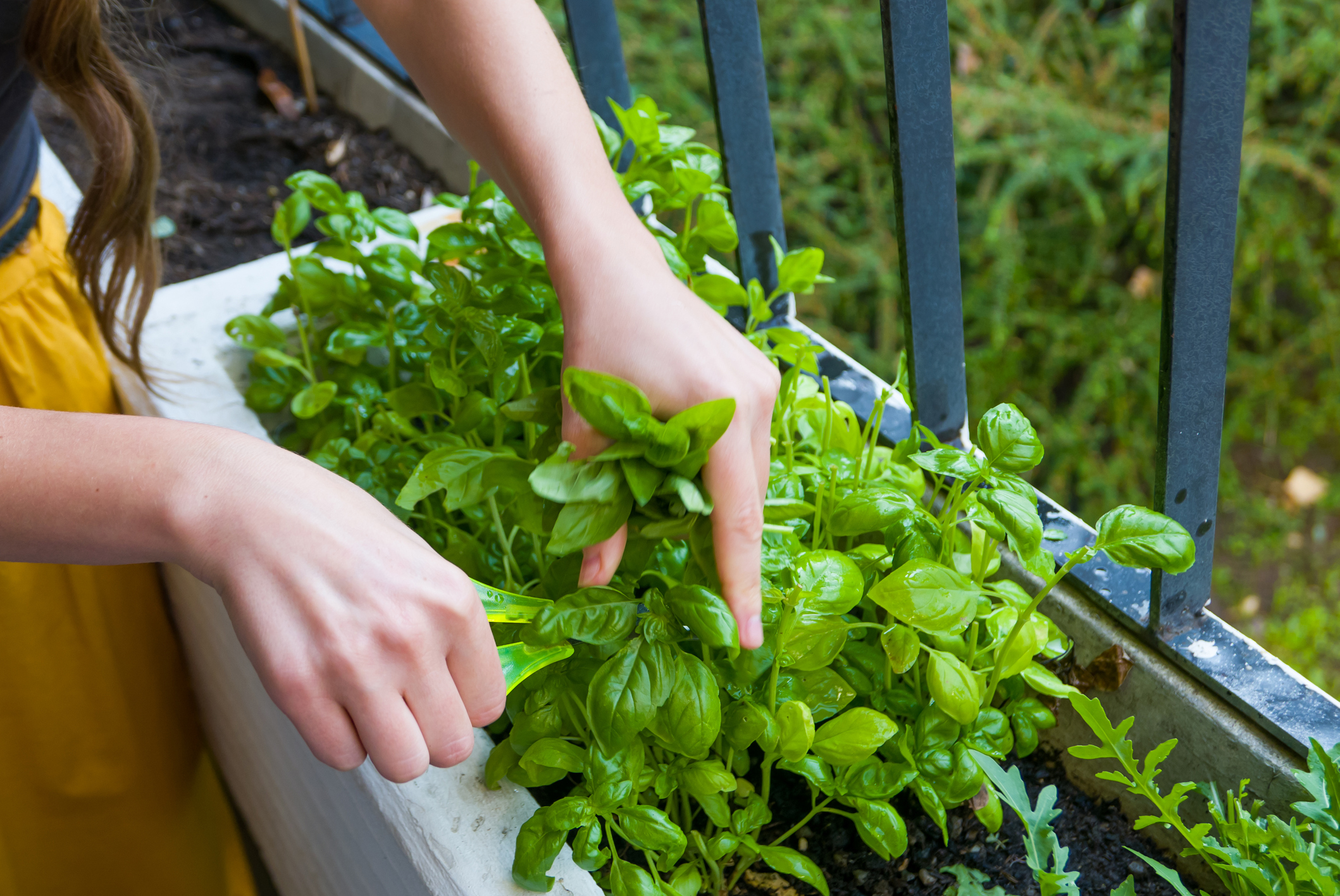
Sooner than you get too excited, be sure to look at your zoning authorized pointers, any HOA requirements, and—do you have to’re a renter—converse to your landlord about starting a yard. Whenever you don’t know your full historic previous of your property, ponder getting your soil examined for toxins like lead paint. In case your soil is totally damaged, you presumably can nonetheless develop meals in raised beds and/or containers.
The higher it is to see and entry your yard, the additional you’ll be reminded to care for it.
Try and choose a web site that’s seen out of your kitchen or totally different room you spend plenty of time in. It’s moreover helpful to have a close-by water provide, like a hose or spigot to fill your watering can—or if you’ve acquired an automated sprinkler system you might be succesful to reap the advantages of that (be sure the water pressure isn’t so strong that it might hurt your seedlings).
You most likely have strict landscaping pointers the place you reside, experiment with along with gorgeous edible crops in collectively together with your ornamentals.
Suppose you’ve found the perfect spot?
Take some time to look at the world to make sure it can get ample photo voltaic—most crops need 6-8 hours of direct daylight on every day foundation. Seek for totally different environmental components like wind and drainage as properly.
The additional finest location you choose, the happier your crops shall be and the a lot much less seemingly you’ll should revert to chemical compounds that are harmful in your native ecosystems and the native climate.
No yard? No worries!
Whenever you don’t have a lot (or any) outdoors rising home, it’s time to get inventive. Presumably you presumably can develop alongside fence traces; throughout the parkways between sidewalks and curbs; at family’s, good pal’s, or neighbor’s residence; or totally different open areas in your neighborhood. Or, you might be succesful to get a plot at an space farm or neighborhood yard.
Have a balcony, sunny windowsill, and even only a bit extra home in your countertop? You presumably can develop a Native climate Victory Yard in containers indoors or outside.
- Uncover a large container—the bigger the upper, and completely something shall be repurposed so long as you’re prepared in order so as to add drainage holes.
- Choose your crops appropriately—many veggies have varieties that are increased suited to containers, seek for these with dwarf and bush rising habits. Leafy greens and herbs are good for indoors.
- Complement with mild if wished—in case your location doesn’t get ample daylight, seek for a small, moderately priced, and surroundings pleasant LED indoor rising mild.
4. Know when and the best way to plant
Whenever you’ve purchased transplants, protect them indoors until the hazard of frost has handed. Whilst you’re in a position to plant outdoor, help your seedlings regulate to their new home by hardening off—that is, inserting them near their future planting web site for only a few hours each day and rising the time progressively until they’ve spent a night outside of their pot.
When planting, first water the underside completely. Dig a niche twice as huge as a result of the pot, take the plant out of the pot and place throughout the ground, and flippantly pack the soil throughout the roots. Water completely as soon as extra and hold a relentless watering schedule to avoid shocking the plant.
Planting from seed is more durable, as they need frequent watering and shut consideration. Seek for seeds that could be direct seeded correct throughout the mud of your yard mattress or container. This knowledge is on the once more of the seed packet, along with seed depth, row spacing, and dates to plant.
It would not matter what you plant, make certain you incorporate pathways into your construction and beds that you’d be capable to attain the middle of for weeding and harvesting.
5. Protect soils
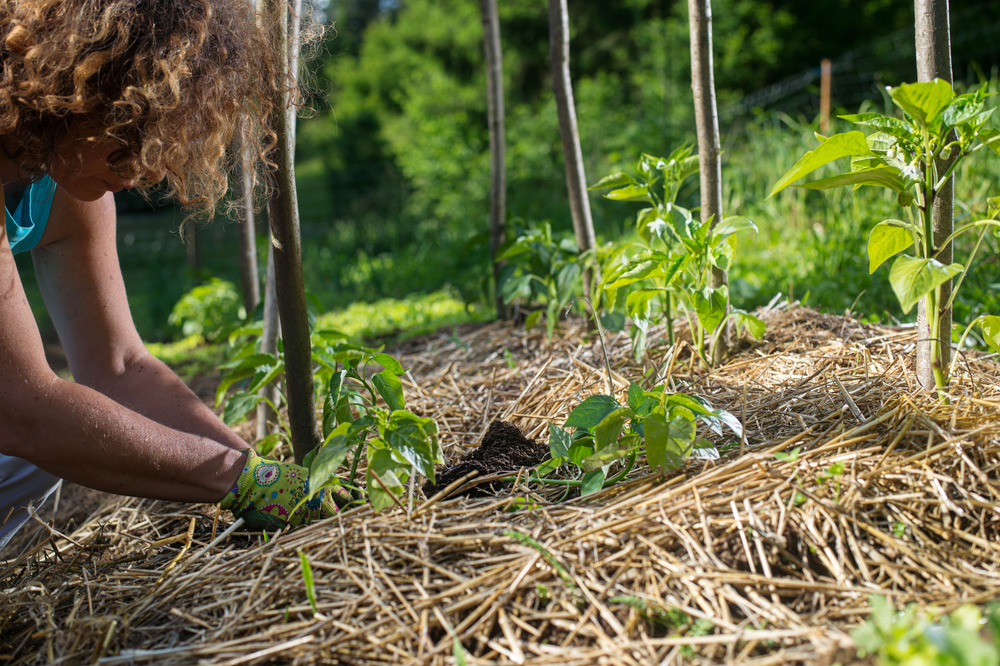
Soils are rich with life that helps nutritious crops and carbon seize. There are many strategies to protect and assemble soil effectively being, and these are a lifelong part of the gardening course of.
- Steer clear of chemical compounds that reduce biodiversity
- Add compost to help soil life
- Mulch to protect soils from the climate
- Allow weeds to cowl uncultivated soils
- Scale back digging to chop again disturbance of fungi and earthworms
- Maintain outdated crops in the underside over the winter for pollinator habitat and to anchor soils
- When eradicating outdated crops to plant additional, decrease on the soil diploma, leaving the inspiration underground
Whether or not or not you’re a beginner or seasoned gardener, it’s all one huge experiment. There shall be ups and downs.
Looking out for additional particulars about simple strategies to do any of the above steps? Check out these sources.
